(NLDO) - An unimaginable biological world of 7,564 species has been identified in the "hadal region", named after the Greek god of the underworld.
A team of scientists from several research institutes across China claims to have identified 7,564 species of tiny creatures in the ocean's "hadal zone," nearly 90 percent of which are completely new to the world.
The hadal zone, named after the Greek god Hades, ruler of the underworld, is a body of water 6-11 km deep, where total darkness reigns.
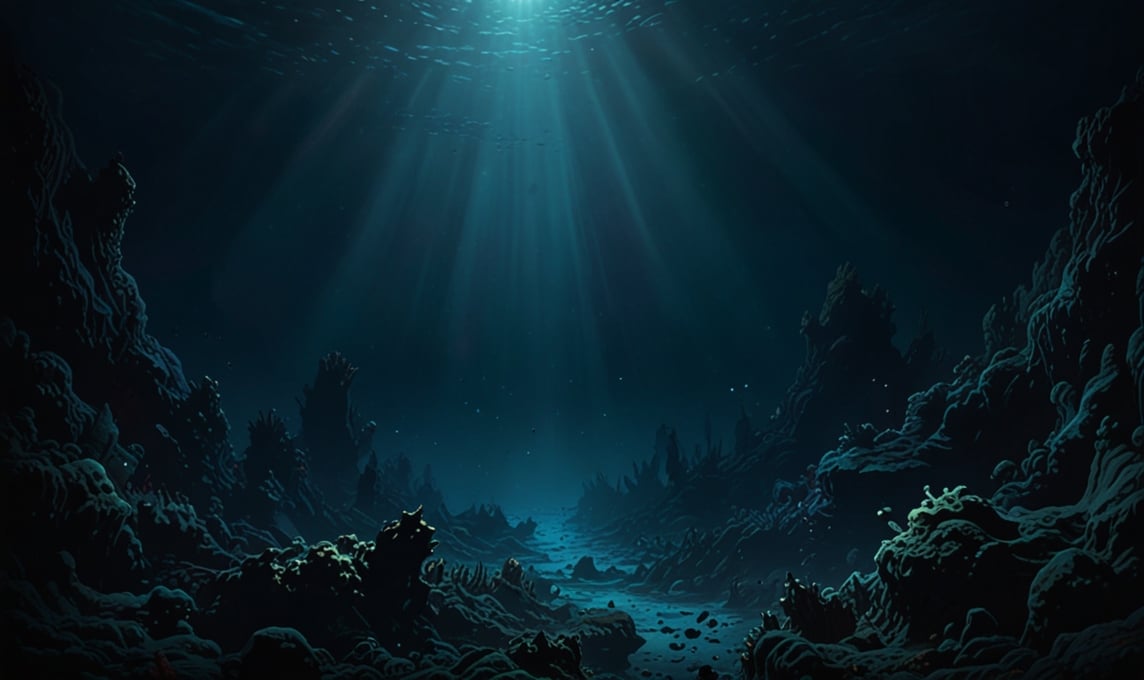
The dark reaches of the ocean are where Chinese scientists have found many strange creatures - Illustration AI: Thu Anh
According to Science Alert, Chinese researchers made 33 dives into the hadal zone using manned submarines, collecting sediment and seawater samples.
Life is not easy in the hadal zone. Temperatures are near freezing, water pressure is high, and there are few nutrients.
So they were completely shocked when they came across the huge amount of microorganisms mentioned above.
Most of them are bacteria, which survive using two special strategies that we rarely see in the terrestrial world.
Some have simpler, more compact genomes than terrestrial microbes, evolving to survive more efficiently. These bacteria show evidence of enzymes designed to withstand the stresses of living at such depths.
Some other microorganisms still have genomes as large as those of terrestrial bacteria, but they are not built for efficiency but for flexibility.
This makes them better able to adapt to environmental pressures and able to sustain life in more ways.
“Unusually high levels of novelty, diversity, and heterogeneity were observed in the hadal microbiome, particularly in prokaryotes and viruses,” the authors write in the scientific journal Cell.
Microbes also tend to find suitable niches in the ocean depths and stick around. Each sampling site the researchers visited had its own unique set of organisms, with little overlap with other sites.
In the deepest parts of the Mariana Trench in the Pacific Ocean , they depend on each other to survive.
These deepest organisms share nutrients and exhibit behaviors that benefit the entire community, for example together forming a protective biofilm for the entire community.
Source: https://nld.com.vn/trung-quoc-phat-hien-hang-ngan-sinh-vat-moi-o-vung-bong-toi-196250308090131417.htm


![[Photo] Discover unique experiences at the first World Cultural Festival](https://vphoto.vietnam.vn/thumb/1200x675/vietnam/resource/IMAGE/2025/10/11/1760198064937_le-hoi-van-hoa-4199-3623-jpg.webp)



![[Photo] Opening of the World Cultural Festival in Hanoi](https://vphoto.vietnam.vn/thumb/1200x675/vietnam/resource/IMAGE/2025/10/10/1760113426728_ndo_br_lehoi-khaimac-jpg.webp)
![[Photo] General Secretary attends the parade to celebrate the 80th anniversary of the founding of the Korean Workers' Party](https://vphoto.vietnam.vn/thumb/1200x675/vietnam/resource/IMAGE/2025/10/11/1760150039564_vna-potal-tong-bi-thu-du-le-duyet-binh-ky-niem-80-nam-thanh-lap-dang-lao-dong-trieu-tien-8331994-jpg.webp)




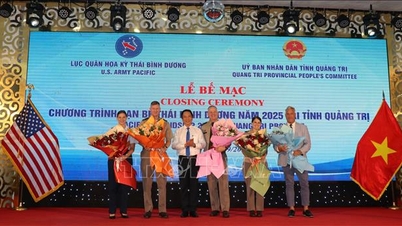


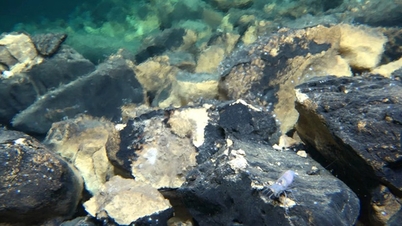




















![[Photo] Ho Chi Minh City is brilliant with flags and flowers on the eve of the 1st Party Congress, term 2025-2030](https://vphoto.vietnam.vn/thumb/1200x675/vietnam/resource/IMAGE/2025/10/10/1760102923219_ndo_br_thiet-ke-chua-co-ten-43-png.webp)






























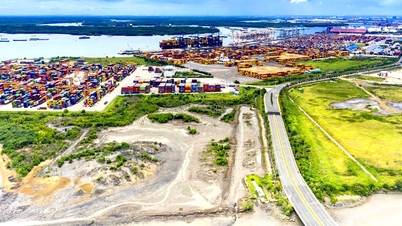
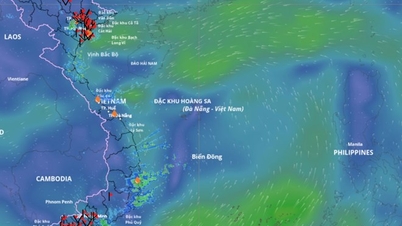


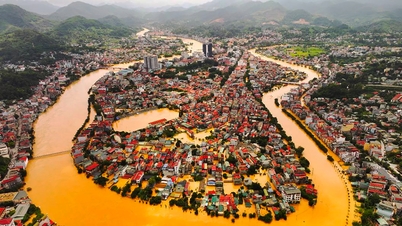





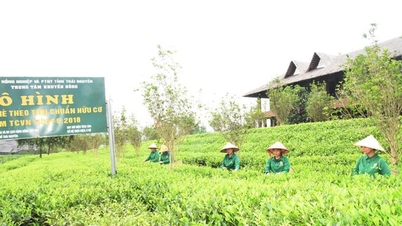
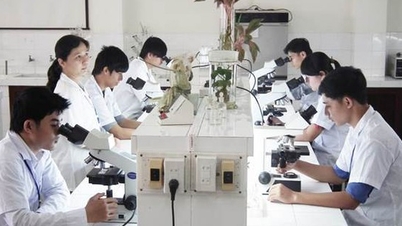






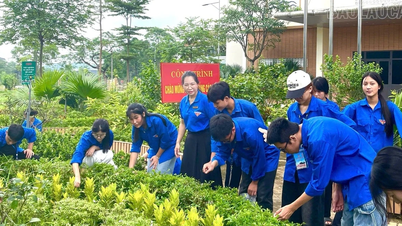














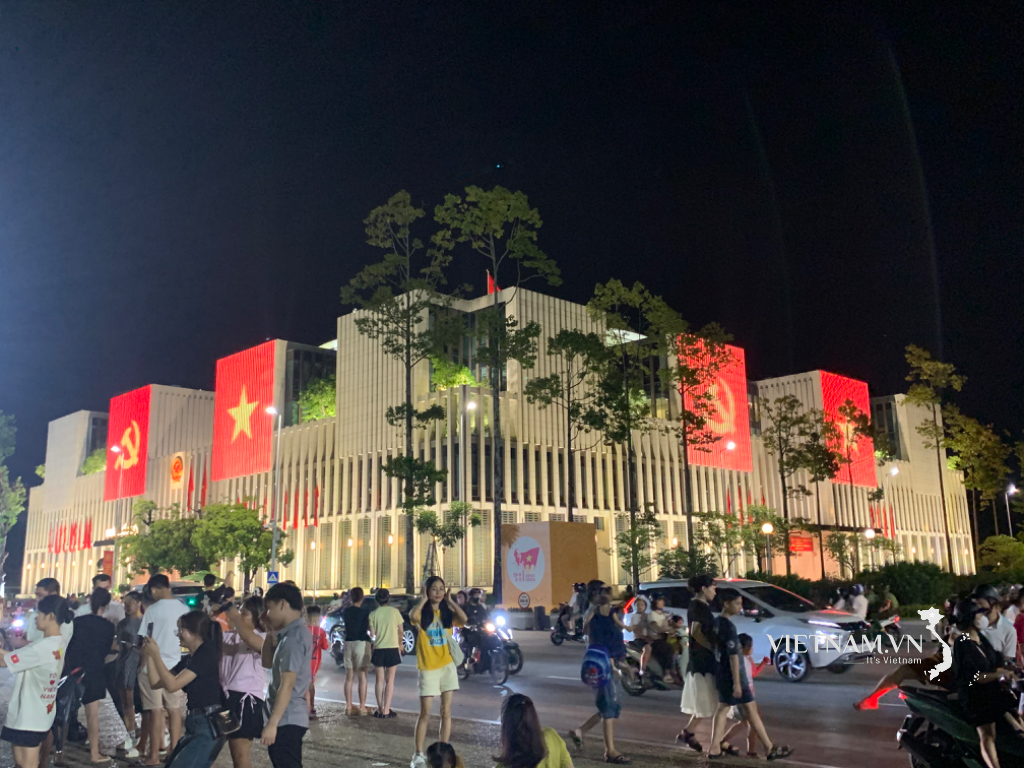
Comment (0)